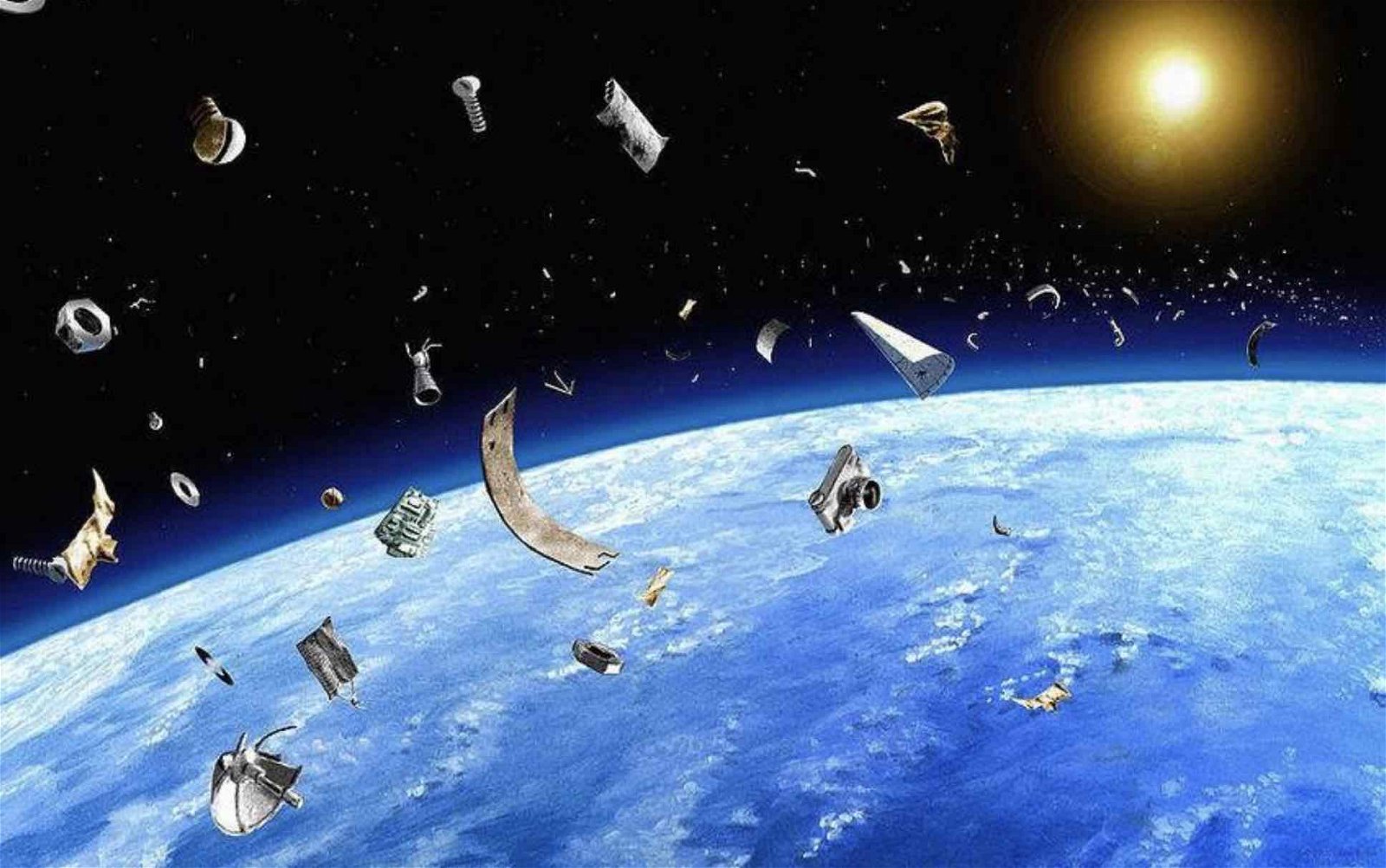The United States Air Force Office of Scientific Research (AFOSR) is funding an effort to track and identify what they refer to as Unresolved Resident Space Objects (USROs). Part of the Space University Research Initiative (SURI), the newly funded effort hopes to safeguard the country’s military and commercial space assets from the threats posed by these objects.
“The United States is dependent economically and militarily on space assets,” said Miguel Velez-Reyes, Ph.D., chair of the Electrical and Computer Engineering Department at The University of Texas at El Paso and the team leader of the group who received the $5 million AFOSR grant. “For instance, orbiting satellites provide a multitude of services, which are critical for economic wealth, defense and security.”
Unfortunately, these satellites and other manmade spacecraft are under the constant threat of collisions with debris orbiting the planet. This includes natural objects like meteors and comets but also includes a vast array of what researchers term “space junk.”
In recent years, the International Space Station (ISS) has been forced to change its orbit numerous times to avoid colliding with space junk. In 2021, a piece of space junk actually collided with the ISS, causing damage to a robotic arm. At the same time, mission planners for new launches say the area of low earth orbit is becoming increasingly crowded with tons of dead satellites, rocket parts, lost tools, and other bits of human-made debris, making scheduling launches more difficult than ever.
The problem has become so concerning that The Debrief recently reported on efforts by an international group of scientists, experts in space technology, and ocean pollution to put forth legislation designed to address the increasing threats posed by space junk. In that report, the scientists involved fear that the roughly 9,000 satellites already orbiting Earth could increase sixfold by the year 2030. There are also concerns that space junk could fall to Earth, causing property damage or even death.
Still, current programs designed to track the Unresolved Resident Space Objects have faced significant limitations. That’s because telescopes on the ground are ill-equipped to determine the exact characteristics of the majority of these objects, including their shape, dimensions, spin rate, and material composition. The new grant by the AFOSR to UTEP is looking to change that equation.
UTEP Team Wil Sue Spectroscopy, SImulations to Characterize Unresolved Resident Space Objects
In their effort to better characterize URSOs, Velez-Reyes will team up with UTEP Associate Professor of Practice Hector Erives, Ph.D., and Research Assistant Professor Aryzbe Najera, Ph.D. Their approach involves using advanced spectroscopy, machine learning, and other advanced techniques to do what traditional telescopes cannot.
According to the announcement from the University, this involves using “remote sensing, physics-based simulation models, machine learning and laboratory experiments with telescope observations to develop models and algorithms that extract properties of the URSOs.” Ideally, this will result in the ability to measure things like an object’s material composition, structural health, and identity. This type of information is critical, the researchers say, especially considering the significant role military and commercial GPS systems, weather satellites, communications satellites, and others play in the 21st-century world.
“Through this project, we’re addressing the critical need of monitoring the space infrastructure for safe and sustainable operations,” Velez-Reyes said. “Aside from the clear defense applications, our work will contribute to ensuring that space services such as GPS, weather satellites, and satellite communication, among many others, continue operating in a safe environment supporting a high quality of life.”
USRO Program to Begin Immediately
Titled “The Science of Non-Resolved Space Object Signatures for Space Domain Awareness,” the new program is set to begin immediately. With the grant from the Air Force, the researchers at UTEP believe their program can offer critical support to humanity’s increasing role in space.
“UTEP has made a concerted effort to be at the forefront in the fields of study that are valuable to the space industry,” said Kenith Meissner, Ph.D., dean of the College of Engineering. “This recognition not only acknowledges our research accomplishments, but it also emphasizes the exceptional quality of our faculty. Earning this competitive grant validates UTEP’s track record in managing high-priority initiatives and producing significant results that greatly contribute to both military and civilian objectives.”
Christopher Plain is a Science Fiction and Fantasy novelist and Head Science Writer at The Debrief. Follow and connect with him on X, learn about his books at plainfiction.com, or email him directly at christopher@thedebrief.org.

